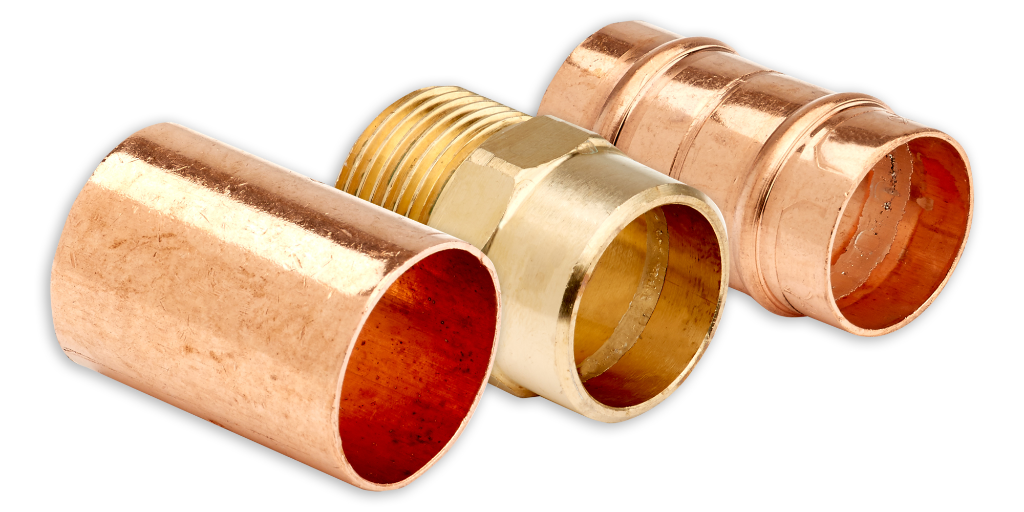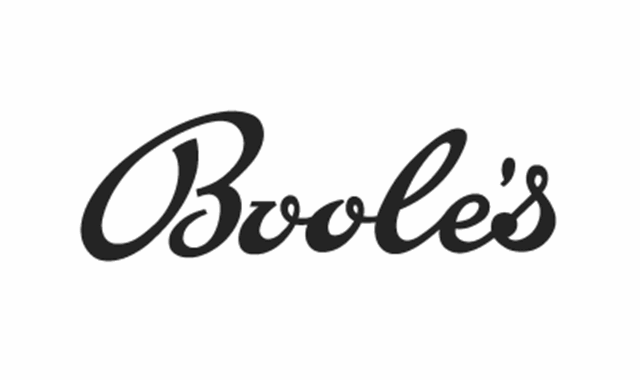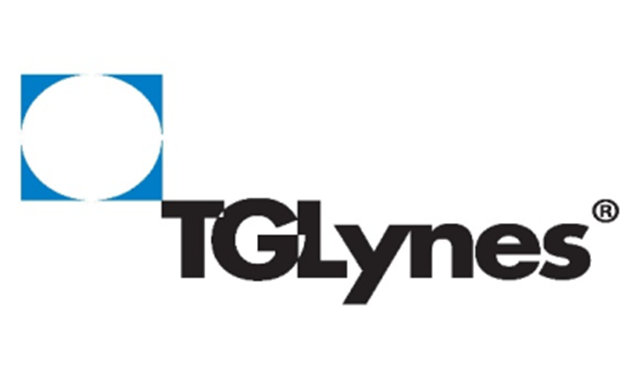Solder jointing is also known as capillary jointing. A joint is made between two tubes by putting their ends into the fitting, that is only slightly larger than the tubes, and filling the gap with molten solder. The solder fills the gap due to surface tension. The solder can be applied externally, in the case of End Feed (EF) fittings, or it can be an Integral Solder Ring (ISR) within the actual fitting itself. Soldering uses a lower temperature than brazing or welding.
Solder jointing is probably still the main method of joining copper tube and is typically a permanent joint. The use of a naked flame to connect the fitting to the pipework means that a hot works permit will normally be required.
Solder fittings are light and neat, with compact dimensions, and as such are ideal for making use of limited space in ducts and other restricted areas inaccessible to other fitting types. In addition, the fittings’ smooth lines minimise flow restrictions and are unobtrusive on exposed pipework.
Typically solder fittings are manufactured from copper, duplex brass, dezincification resistant brass alloy (DZR) or gunmetal and are often available with a chrome plated finish for functionality and maximum aesthetic appeal, for example when used in bathrooms and kitchens.

 Copper Tubes
Copper Tubes










